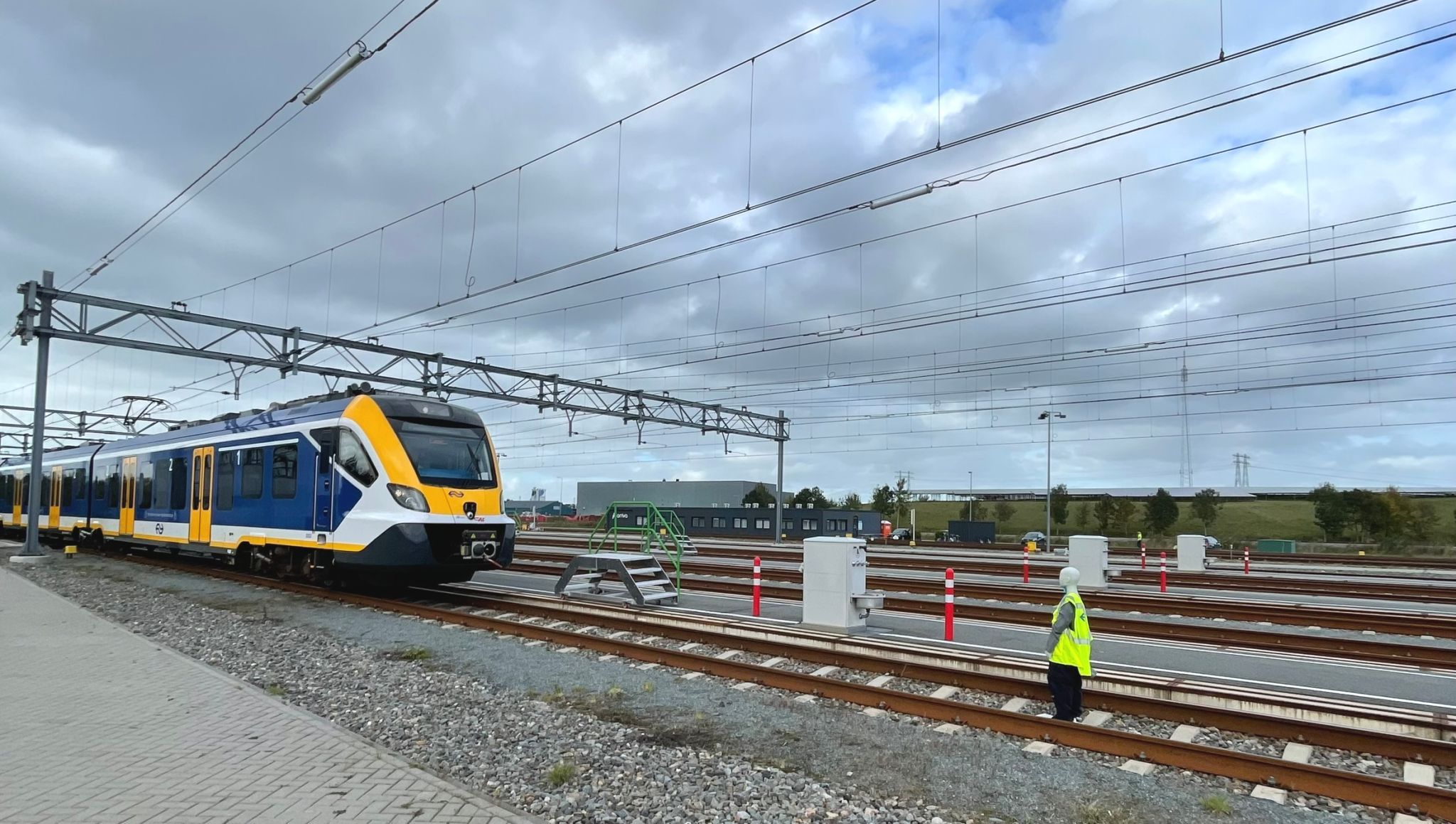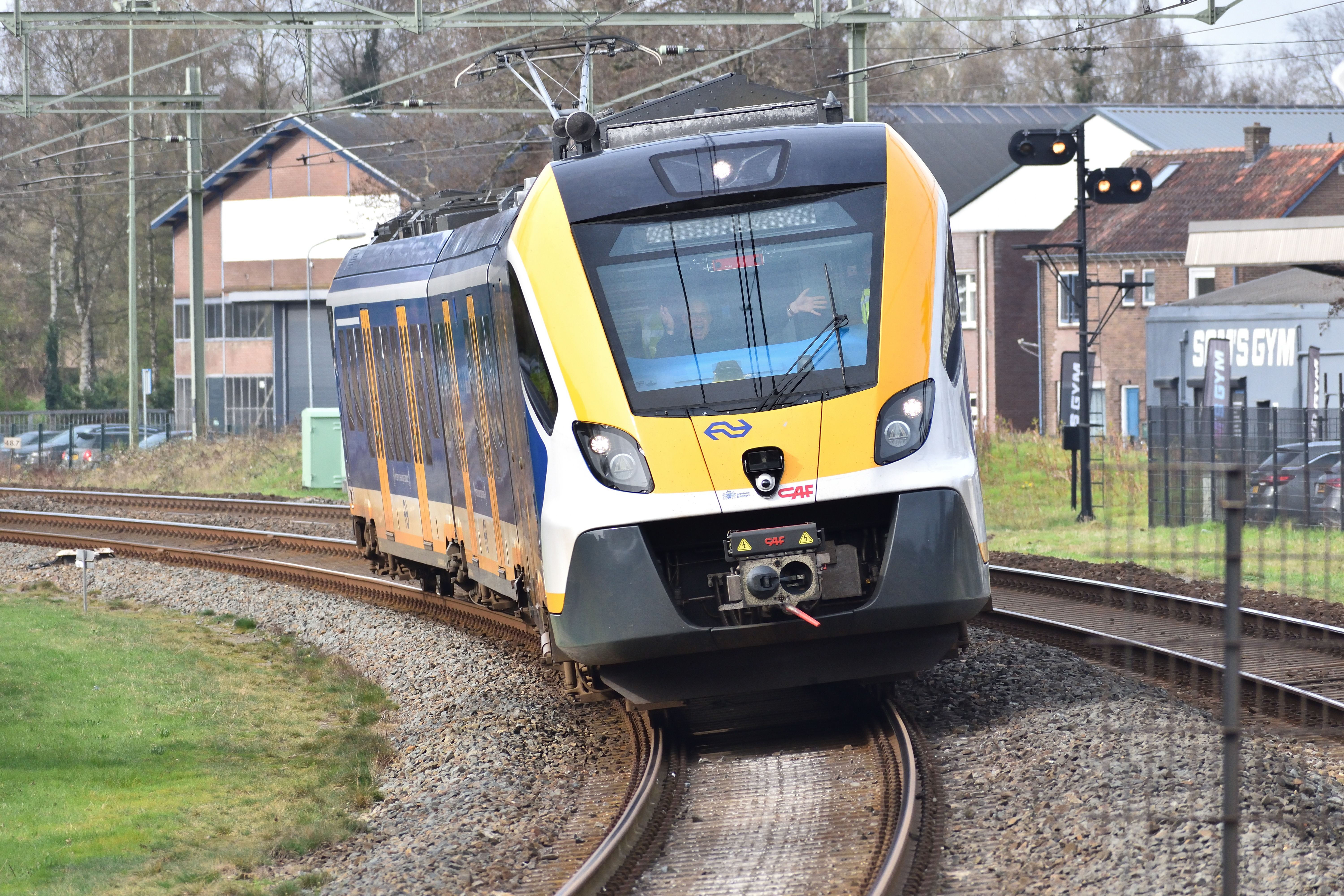Advancing Research and Development in Railway Automation
- Successful Trials of Remote, Automatic and Autonomous Operation in the Netherlands
- Collaboration with Nederlandse Spoorwegen to Drive Railway Innovation
At CAF's signalling division, we have taken a significant step forward in railway automation with the completion of the first phase of an ambitious technological innovation project. In collaboration with the Netherlands' national railway operator, Nederlandse Spoorwegen (NS), we have advanced the implementation of Automatic Train Operation (ATO) up to GoA4 level, meaning fully autonomous driving. This milestone strengthens our position as leaders in technological innovation within the railway sector.
By mid-2025, the project will enter a second phase within the European EU-Rail programme, featuring enhanced trials aligned with the future European ATO GoA3-4 standard, which is currently under development.
A Key Advancement in Railway Automation
The project has covered two fundamental areas of research and development:
- ATO Endurance Testing
We have conducted extensive tests of the ATO system at GoA2 level (automated operation with a driver in the cab) across the entire Dutch railway network. These tests were carried out independently of the Automatic Train Protection (ATP) system in use, whether ETCS (the European standard), the national ATB system, or a combination of both. Our primary goal has been to assess improvements in energy efficiency, punctuality, and network capacity, covering more than 40,000 km in operational tests.
2. Remote and Autonomous Manoeuvres
We have successfully tested fully automated railway manoeuvres in real-world depot environments. This includes transitions between depots and operational stations, even in mixed-traffic conditions. The trials have demonstrated the feasibility of both remotely controlled operations (GoA1 and GoA2) and fully autonomous operations (GoA4), setting a new benchmark in railway automation.
Showcasing Cutting-Edge Technology
One of the key moments of the programme was the live demonstration at De Vork depot and Groningen station. During the event, we showcased a remote operation (GoA1) featuring automatic train coupling and decoupling, followed by a fully autonomous journey (GoA4). Among the demonstrated capabilities were:
- Train preparation and shutdown
- Cab change and selection
- Mission profile execution
- Automated coupling and decoupling of train units
- Autonomous driving with lateral signalling response
- Real-time obstacle detection (buffers, vehicles at level crossings, other trains, and track obstructions)
One of the critical aspects of these trials was evaluating system reliability under adverse conditions. Tests were conducted in heavy rain and night-time snow, challenging our perception technologies and sensors. The results have provided valuable insights into the performance of our automation systems in real-world scenarios, reinforcing confidence in their future applicability.

Driving the Future of Railway Transport
Our latest innovations mark a key step towards a more efficient, safe, and sustainable railway sector. Through automation, energy consumption can be reduced, punctuality improved, and network capacity optimised.
"These achievements reaffirm our leadership in the development of railway signalling and automation technologies," says Jon Alzate, General Manager of the Signalling division. "Projects like this demonstrate our commitment to modernising railway transport and ensuring a more efficient, safe, and sustainable future for our customers."
With these advancements, we strengthen our role in the global railway automation landscape, paving the way for the deployment of autonomous technologies in European and international railway networks.

 .
.